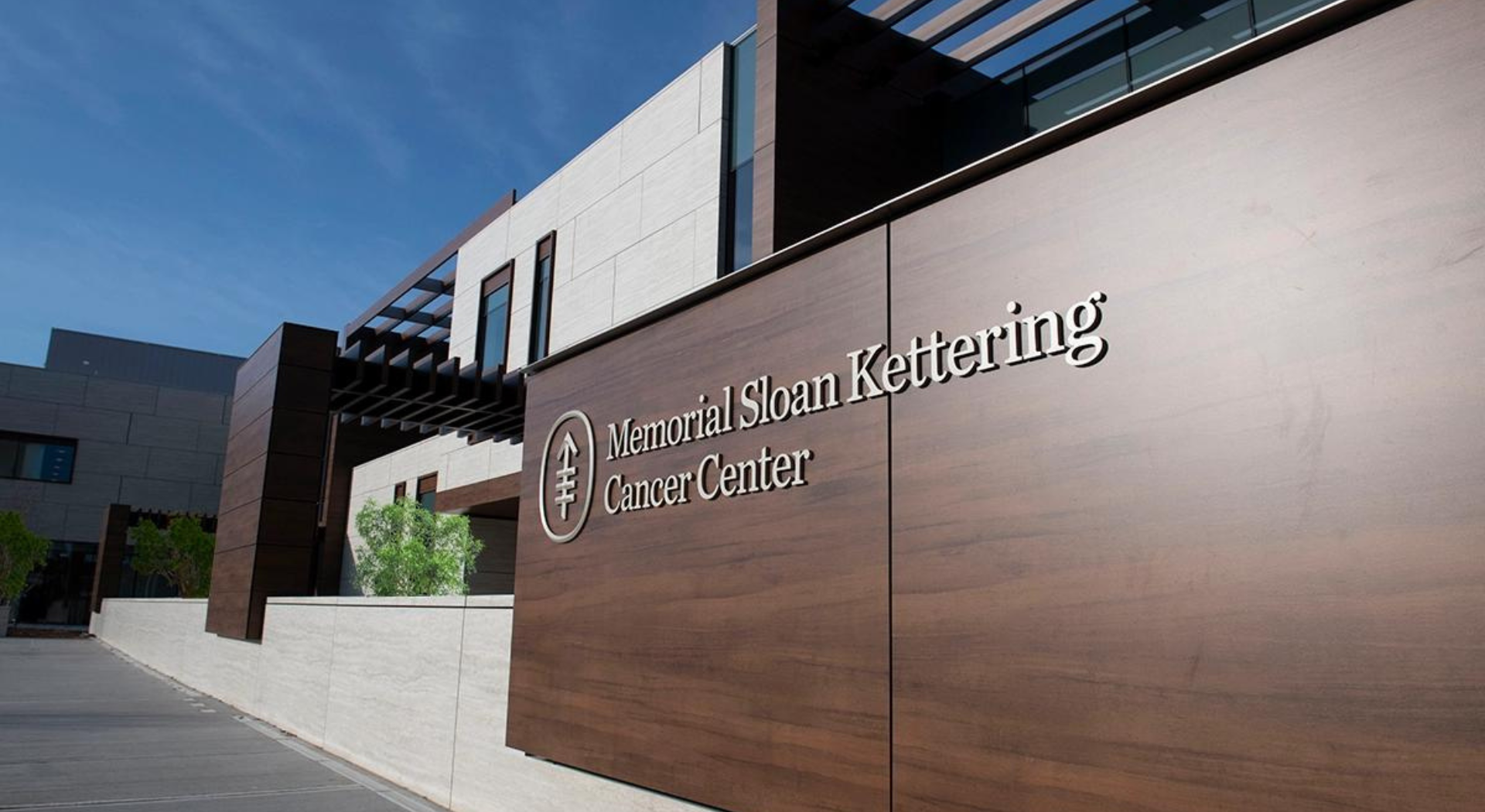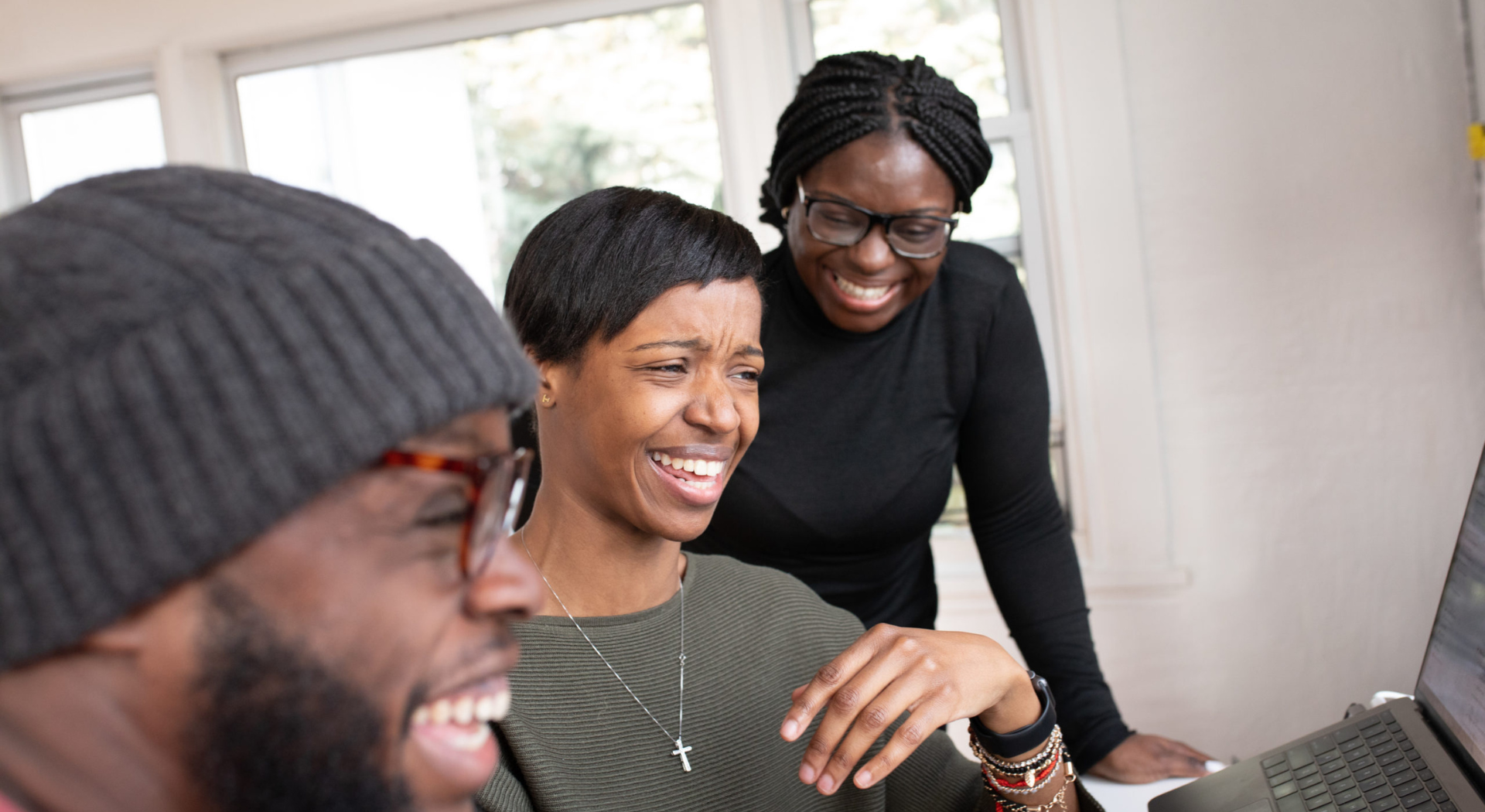At age 48, I was diagnosed with breast cancer; I was otherwise very healthy, and I had no family history or risk factors. My breast cancer story began just as my husband turned the corner and headed into remission after his stage 4 metastatic melanoma diagnosis.

We went on a wonderful family ski vacation over the Christmas holiday in 2012. We returned home on December 26th and I had my routine annual mammogram scheduled for the next day. It seemed too much after the busy holiday so I actually dialed the number to cancel the appointment, but never completed the call. To this day, I have no idea what made me keep that appointment, but that decision saved my life as I was diagnosed with breast cancer after that mammogram.
The roles were now reversed between my husband and me. I became the patient and him the caregiver. Having already been through a two-year stint at Memorial Sloan Kettering Cancer Center, we knew the lay of the land. My bilateral mastectomy was on March 6th, 2013, and because I was already in good shape physically, everything went as smoothly as possible. Like Loriana says, “you’ve got to show up fit for the fight” and I did.
After I passed that five-year mark and entered the survivorship phase, I decided to make a career change and put the skills I had gained fighting cancer to good use. I joined the Bone Marrow & Cancer Foundation in 2018 and became a Patient Navigator, where I found fulfillment in spending my days helping patients, caregivers and family members navigate through diagnosis, treatment, and recovery. Today, I’m so thrilled to continue that work at ArmorUp for Life as Director of Patient Services.








